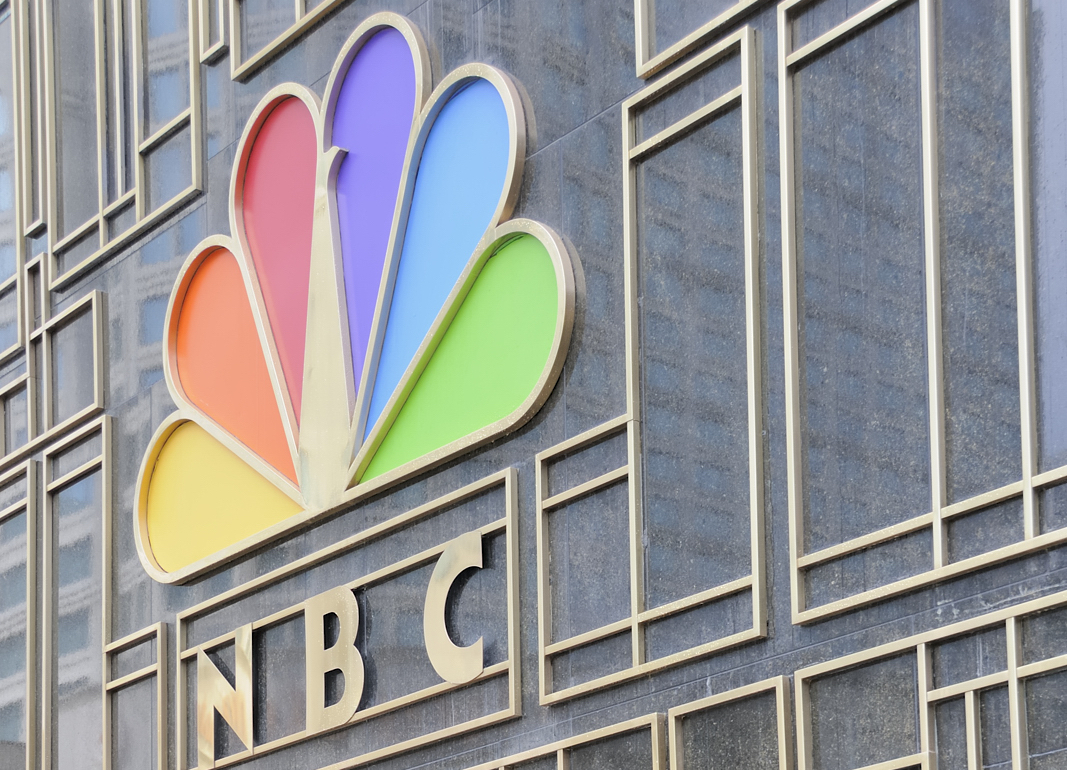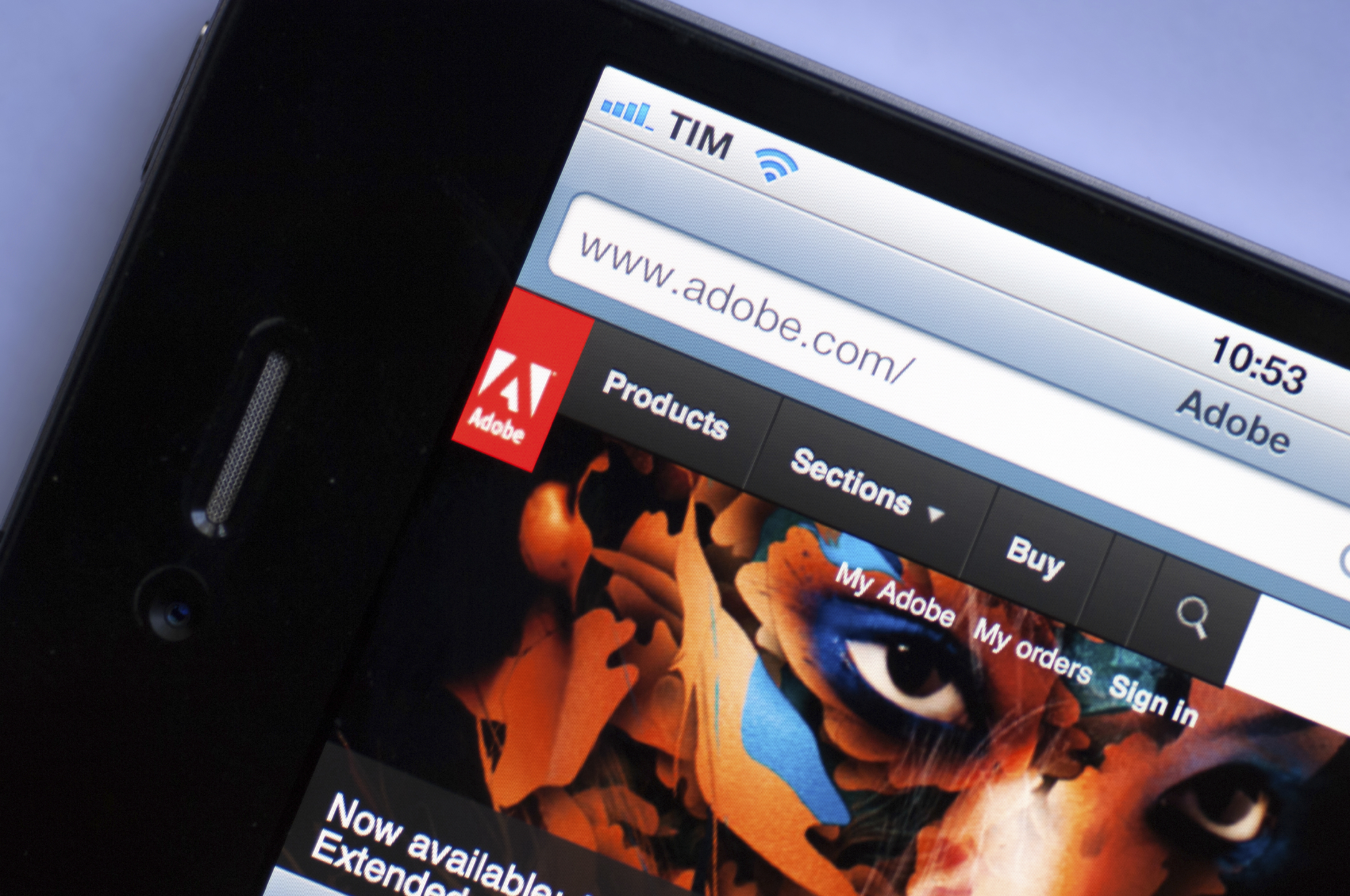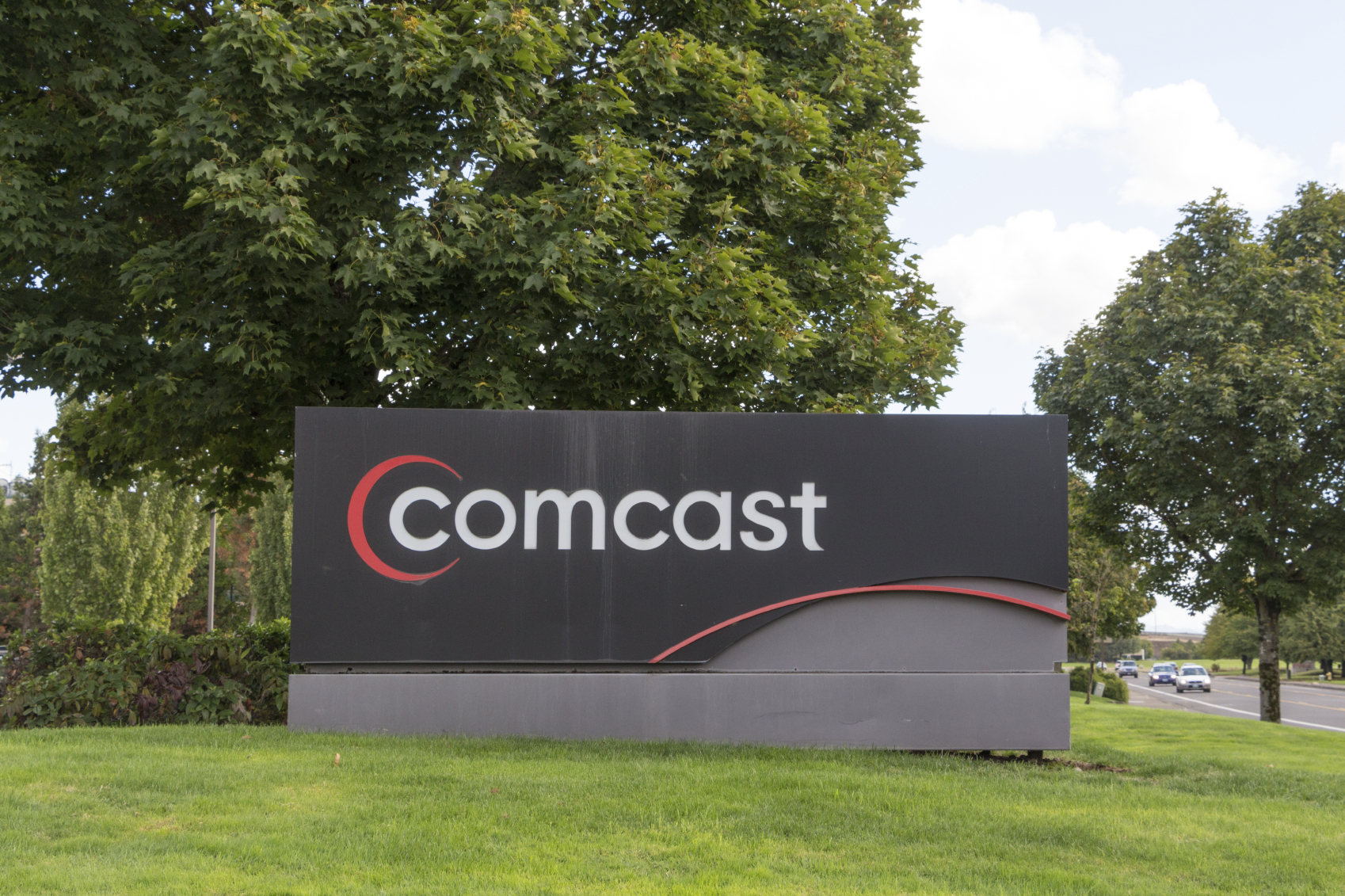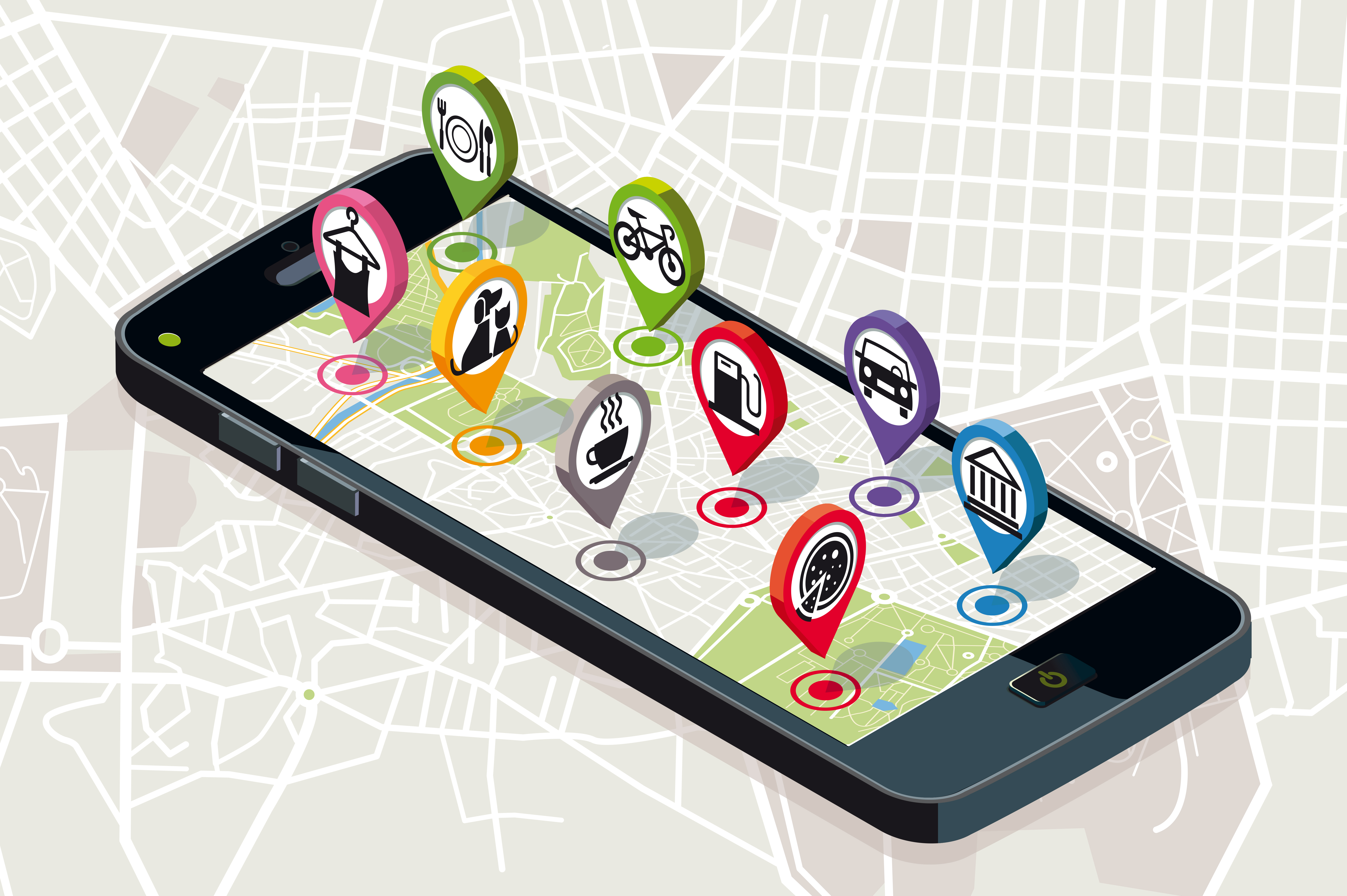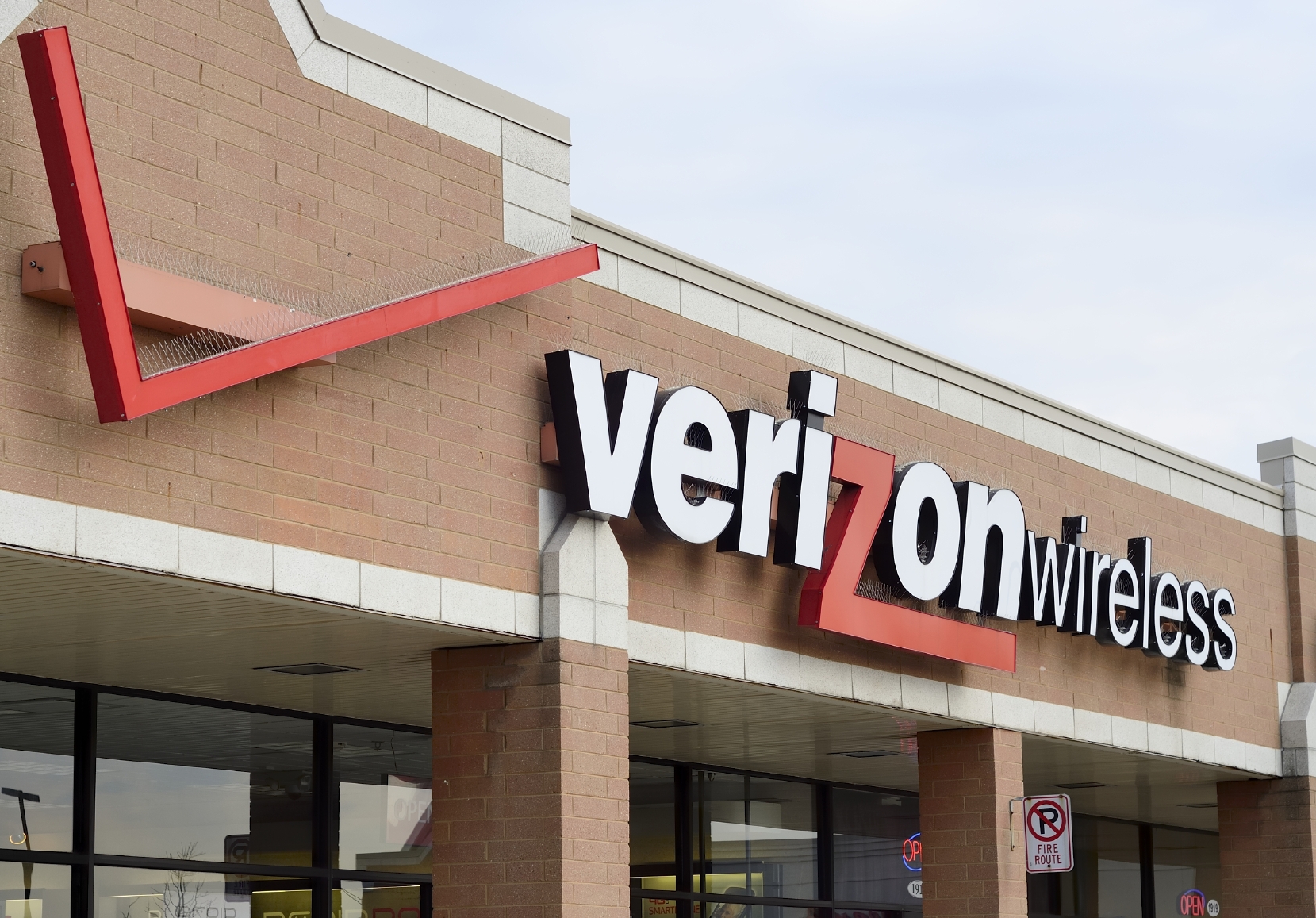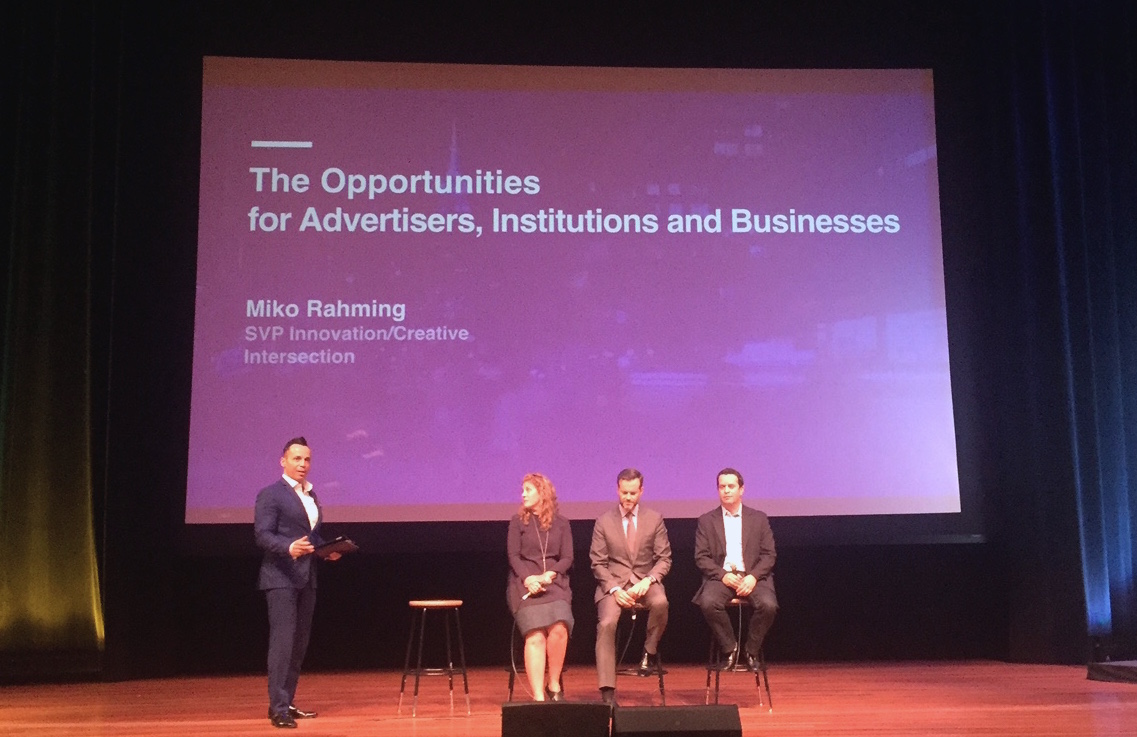On Thursday afternoon, IPG Media Lab attended a media event for LinkNYC, an ambitious project that will turn old payphone sites in New York City into a network of state-of-the-art kiosks that offer free services like high-speed Wi-Fi, phone calls, and device charging, along with outdoor advertising displays. Following the debut of the newly designed “Link” kiosk on stage, the event featured a panel discussion on the marketing potential and the social utilities this program could bring to the five boroughs. Moderated by Miko Rahming, SVP of Innovation/Creative at Intersection, the panel consisted of Susan Seller, Head of Design at Metropolitan Museum of Art, Fred Dixon, CEO of NYC & Company, and David Rosenberg, a managing partner here at the Lab.
During the discussion, all three panelists commended the social good this program can bring. Seller singled out the “de-cluttering” effect LinkNYC will have on the city’s appearance by removing old payphone booths, a sentiment echoed by Rosenberg. Dixon, on the other hand, highlighted the “profound effect” that LinkNYC will have on people that don’t have access to high-speed internet, as it provides them with basic connectivity and services and helps the city bridge the digital divide.
Moreover, the panelists discussed the marketing potential of the program. They agreed that, as a dynamic digital experience supported by ad-serving platform and technology, LinkNYC would allow for creative flexibility, real-time ad delivery, and data-driven targeting. It will offer mass connectivity and city services via digital touchpoints, while also enabling brands to reach millions of New Yorkers and visitors with their messages. As Rosenberg aptly pointed out, this program taps into the ongoing trend of brands “starting to move into the space of providing utility and service in order to earn a place in consumer’s life.” After all, when brands provide real value in addition to their ads, consumers would be much less likely to block them out.
Overall, the consensus among the panelists seemed to be that, LinkNYC represents a new breed of hyperlocal ad platform that blends social utilities and branded content, heralding the future of digital outdoor advertising. The program is set to launch later this year, and brands looking to connect with New Yorkers on the go should definitely take this innovative, data-driven OOH ad space into consideration.
